Fact Check: Safety in the Dominican Republic
In this text, we will investigate various issues related to safety in the Dominican Republic, analyze concrete data, and try to present an unbiased picture of this island nation.
One of the most damaging stereotypes about the Dominican Republic concerns safety issues. This stems largely from the country’s association with neighboring Haiti, which struggles with high crime and natural disasters, but also from the general belief that the Caribbean region is dangerous. People naturally tend to fear the distant and unknown, but the perception of safety and the actual situation are two very different things. Today, we often turn to online statistics in the belief that they present an objective picture of the world. However, statistical data requires context, critical thinking, and the ability to “read numbers”. Therefore, today we will confront a handful of myths with hard numerical data and broader context.

Black PR and Anecdotal Evidence
Latin American tourist resorts can be compared to businesses offering similar products and services. Tulum, Cancun, Punta Cana, and many others are competing for the same group of customers, so public relations (PR) and media status play a huge role. As in any other economic sector, the tourism industry also experiences acts of unfair competition, including the creation of so-called black PR. An example of this would be the media wave in the US in 2019, when the news about the “mysterious” deaths of 11 American tourists in the Dominican Republic over a year circulated. The Internet was flooded with articles that exacerbated the controversy and created concern and distrust of the Dominican tourism infrastructure. However, it quickly became apparent that the deceased were elderly and/or had serious health problems. FBI investigations proved that all deaths were due to natural causes. Nevertheless, the unfavorable impression remained.
Another problem that contributes to the false perception of safety is anecdotal evidence. Pop culture and tabloid media often stimulate social fears, even the most irrational ones. A prime example is the widespread fear of sharks, largely created by movies and sensational media reports that do not shy away from brutal images. In reality, about 10 people die each year from shark attacks; to give a scale, lawnmower accidents kill about 90 Americans annually. However, a lawn mower phobia is relatively unknown.
The Dominican Republic is not a utopian state; dangerous events and tragedies do occur, including incidents targeting tourists. However, we believe that it is necessary to maintain an accurate scale when assessing the threat, rather than drawing false conclusions based on anecdotal evidence.
Petty Crime and Tourist Resorts
The link between tourism and an increase in local petty crime is undeniable, regardless of geographic latitude. All popular tourist destinations are burdened with somewhat higher rates of theft, financial fraud, burglary, and financial assault. Importantly, tourists are not only victims of crime, but also often perpetrators (e.g., alcohol-related fights). However, two important caveats should be noted. First, although tourist resorts are characterized by higher rates of petty crime, rates of homicide or organized crime are generally well below the average, which will be discussed in more detail in the next chapter.
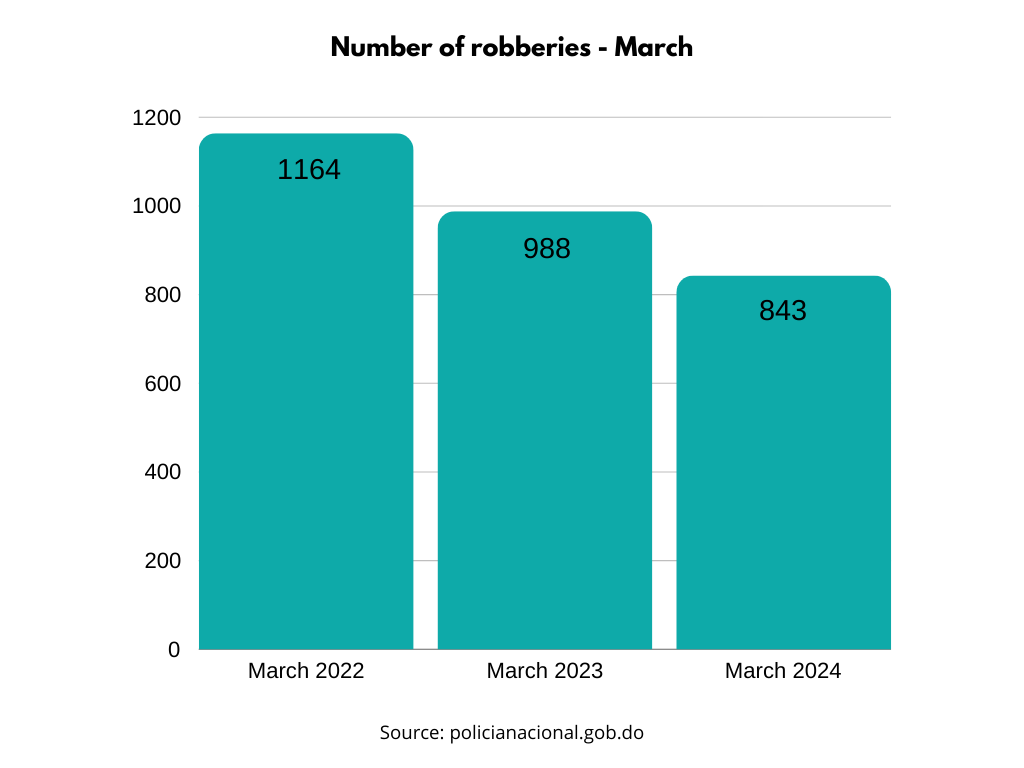
Second, short-term tourism is associated with more crime against visitors than stays by digital nomads and expats or permanent residence by foreigners. A good example of this is a comparison between Samana, one of the most cosmopolitan provinces and home to more than 5,000 foreigners, and the most popular resorts such as Punta Cana or Puerto Plata. According to the latest data from the Dominican Police, in the first quarter of this year there was not a single armed robbery in Samana, nor was a single car or motorcycle stolen. In the province of La Altagracia (where Punta Cana is located) there were 5 and 92 cases, respectively, in Puerto Plata: 4 and 11. And here’s the data for the capital region of Santo Domingo: 13 assaults with a weapon, 350 vehicle thefts.
To summarize the issue of petty crime, it should be noted that the Dominican Police is becoming increasingly effective in preventing incidents, as evidenced by the comparative report of the total number of thefts in March in 2022, 2023 and 2024 (chart on the left). This represents a reduction of 14.6% and 27.5% respectively.
Tourist Police CESTUR
The Dominican government attaches great importance to the safety of tourists and expats in the country. In 2000, a special police unit was created, CESTUR (Cuerpo Especializado de Seguridad Turistica), whose numerous English-speaking representatives can be found wherever tourists appear. Their mission is to protect foreigners, prevent dangerous incidents and provide comprehensive assistance. The high level of activity and effectiveness of CESTUR is one of the reasons why Dominican tourist destinations stand out among other major Latin American resorts in terms of safety.

Organized Crime and Homicide Rates

The Global Organized Crime Index is one of the most comprehensive reports that ranks countries according to indicators of organized crime and state resilience. The report collects dozens of data on drug crime, financial crime, human trafficking, and even crimes against flora and fauna, among others. The Dominican Republic is ranked 94th ( counting from the countries with the highest crime rate) with a score of 5.02. This is slightly better than the world average, significantly better than the whole of South America (5.94) or the USA (5.67), and radically better than the popular Mexico (7.57).
As for the homicide rate per 100,000 inhabitants, according to Dominican police data, 2023 ended with an average of 11.5, noting a 7% decrease compared to 2022. Moreover, in the first three months of this year it is even lower, at 10.91. Therefore, the Dominican Republic fares much better than the Latin American average with the Caribbean (20), Mexico (23.3) or Brazil (18.1). (We provide data from the 2023 InSight Crime report). Digging deeper into the specific data allows us to understand the specifics of the Dominican Republic, where the vast majority of crime comes from affect, not organized action. Look at the chart on the left, which shows the motivations for murders in March 2024. 42.9% are based on social conflicts (mainly fights or “crimes of passion”), and only 10.7% result from organized crime activities.
Furthermore, in the police report of 2022, we can obtain the exact number of murders in certain types of places (although without specifying the nationality of the victim). As far as tourist areas are concerned, 7 cases were recorded on hotel premises (none in Samana, 2 in La Altragracia, 2 in Puerto Plata); and on the beach/river – a total of 2 (no incidents in Samana).

Regional diversity
Our thesis from the previous chapter, that tourist centers are safer than the rest of the country, is confirmed by a chart showing the number of homicides per 100,000 inhabitants in the first quarter of 2024, broken down by all regions of the Dominican Republic. The most touristic provinces have single digit rates, but Samana stands out as one of the three safest regions in the country with a rate of 4.3. This is also a very good result on a global scale, being lower than the world average or the US rate (4.96). An optimistic note is the fact that in February and March of this year, not a single homicide was recorded in Samana!
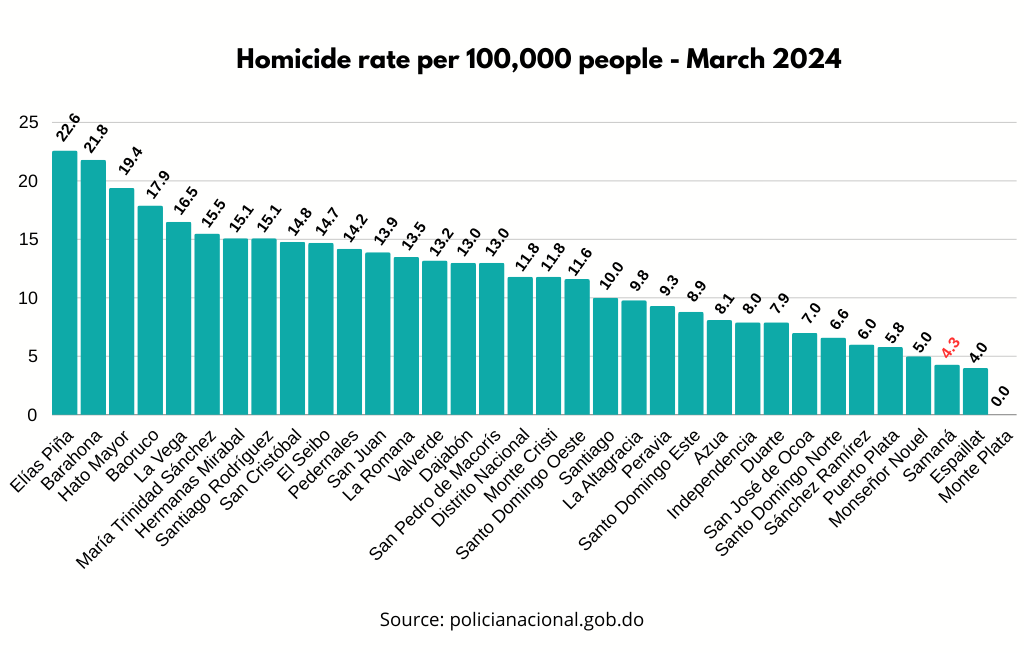
Crime prevention
Thanks to the activities of the Special Task Force (Fuerza de Tarea Conjunta), which brings together the Army, the Police and the Drug Enforcement Agency, a large number of CESTUR units and the considerable resources allocated by the state for the continuous improvement of security, the Dominican Republic is effectively fighting crime and gradually improving all the indicators related to it. In our opinion, the Dominican Republic is undoubtedly a safe country for visitors and stands out among the largest Latin American tourist destinations. For example, in recent years, Mexico has faced such a large wave of crime against tourists that in 2021-2022 the number of murders in Cancun exceeded 36 cases per 100,000 inhabitants, placing this tourist resort among the 50 most dangerous cities in the world. Nevertheless, Mexico remains the only LATAM country to surpass the Dominican Republic in the number of guests received.
Earthquakes
A fairly common, although false, belief is that visiting the Dominican Republic carries a high risk of experiencing a major earthquake. This is mainly due to the association of the Dominican Republic with neighboring Haiti, whose history is filled with numerous and catastrophic tremors. However, the situation of the two countries in this regard is quite different and is determined by geographical factors.
The highly seismically active Enriquillo-Plantain fault runs through the entire territory of Haiti. Unfortunately, the areas most affected by its influence include the most densely populated urban centers of Haiti, including the capital, Port-au-Prince, which is why earthquakes in Haiti claim so many victims. The Enriquillo is not a major threat in the Dominican Republic, although another fault, the Septentrional-Oriente, runs through the northern part of the country. However, it is characterized by low seismic activity and the areas under its influence are not densely populated. As a result, even the occasional earthquakes that occur in the Septentrional-Oriente area cause minimal casualties.
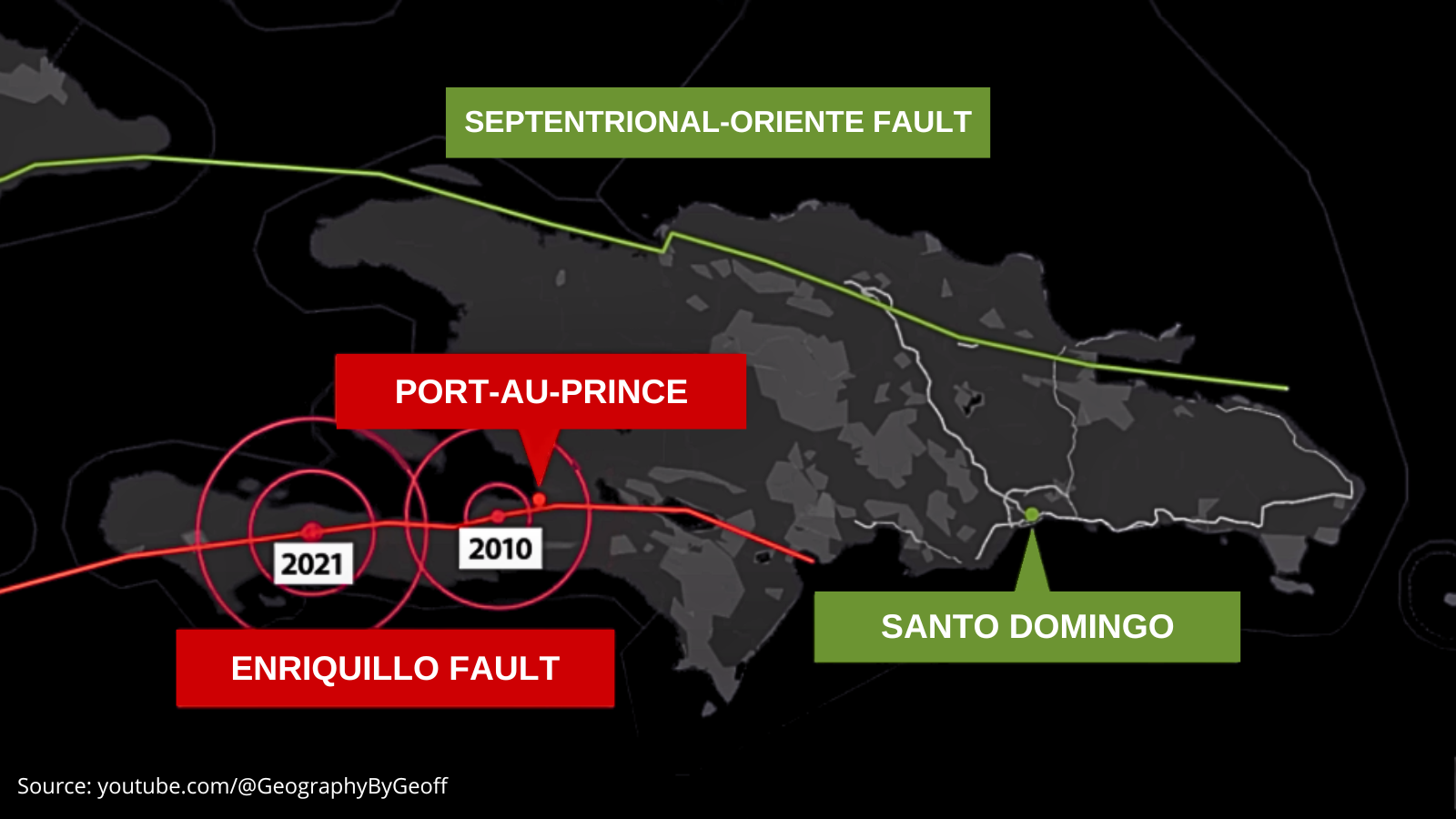
The difference in the scale of the threat posed by earthquakes in Haiti and the Dominican Republic is best illustrated by comparing the most tragic events in the history of the two countries. In 2010, an earthquake in Haiti killed more than 300,000 people. Meanwhile, the largest recorded earthquake in the history of the Dominican Republic, El Cibao in 1946, claimed about 2,500 victims. From El Cibao to the present day, in almost 80 years, only 15 people have died in earthquakes in the Dominican Republic! The facts clearly show that seismic events are rare in this country – only 15 have been recorded since 1943. By comparison, California has recorded 50 earthquakes during the same period, yet this popular state is not considered a high risk for tourists. (All data taken from wikipedia.org).
Other Natural Disasters
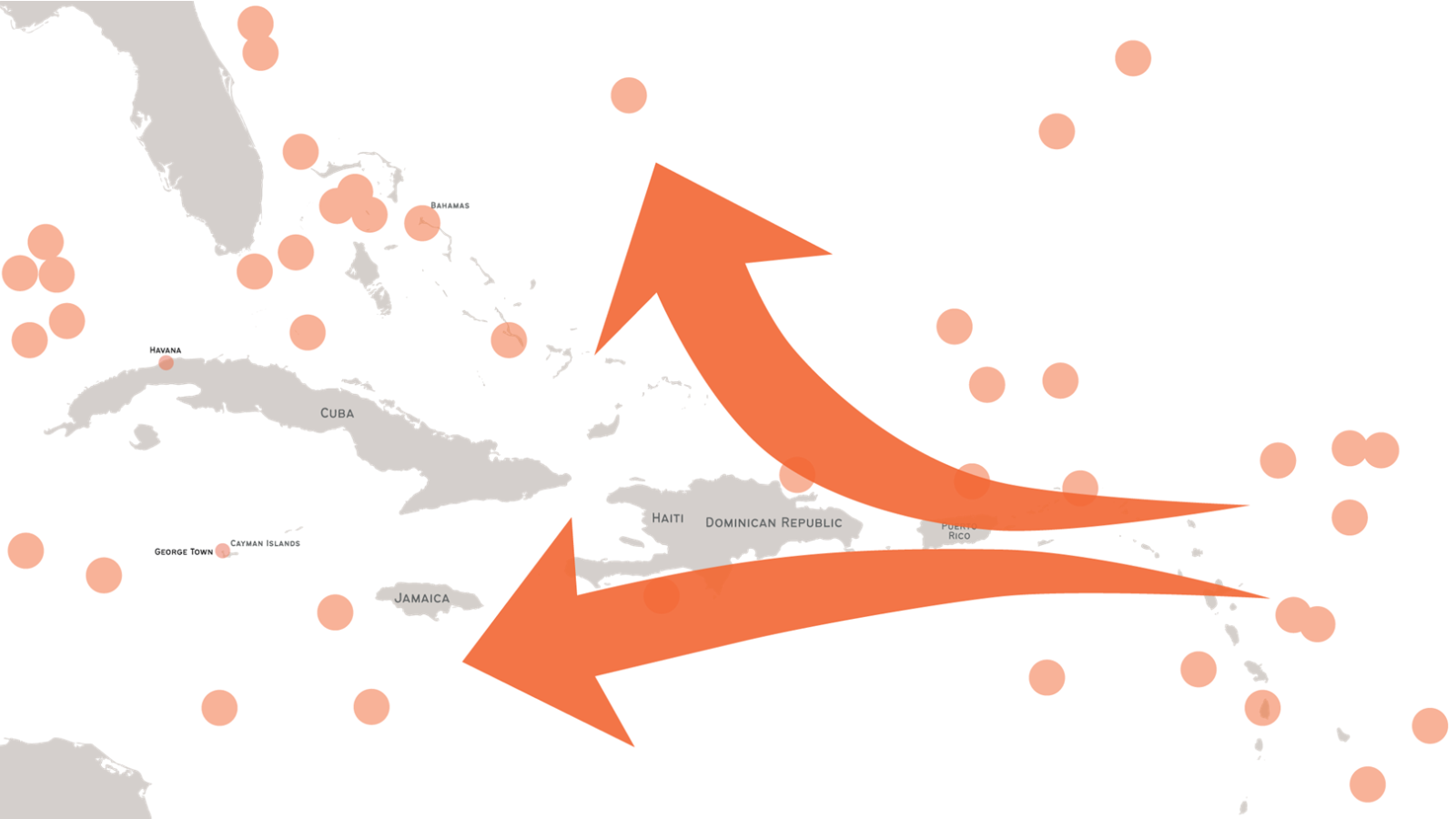
Hurricanes
From June to November, the so-called hurricane season occurs throughout the Caribbean, reaching its peak around the turn of August and September. During this period, an average of 6 hurricanes enter the territorial waters of the Dominican Republic each year, half of which never reach land. This is due to the country’s favorable geographic location and terrain, with numerous high mountain ranges and dense forests that “slow down” the wind. Typically, incoming Atlantic hurricanes hit Puerto Rico, “shield” the Dominican Republic from the east, and then change direction to the north or south. As a result, the impact of hurricanes on the Dominican Republic is limited to tropical storms, strong gusts of wind that quickly lose speed as they move inland, and, most importantly, abundant rainfall.
Today, hurricane damage is limited to fallen trees and damage to buildings that were not properly secured. It should be emphasized that the modern infrastructure of the Dominican Republic is well adapted to minimize the effects of hurricanes, most buildings are completely resistant to strong winds, and thanks to modern monitoring systems, a hurricane cannot surprise residents and tourists, giving them enough time to prepare and take shelter. A historical review of the number of victims of strong hurricanes in the Dominican Republic is the best proof of the effectiveness of the disaster prevention systems implemented:
- 1930, Hurricane San Zenon, category 4/5 – about 2000 victims
- 1979, Hurricane David, category 5 – about 2000 victims
- 1998, Hurricane Georges, category 4 – 380 victims
- 2004, Hurricane Jeanne, category 3 – 18 victims
- 2008, Hurricane Gustav, category 4 – 8 victims
- 2022, Hurricane Fiona, category 4 – 2 victims
- 2023, Hurricane Franklin, category 4 – 2 victims
From 2000 to the present, the Dominican Republic has been affected by 30 hurricanes and tropical storms that have caused a total of 275 deaths. It is worth noting that almost all of the deaths and most of the damage were caused by flooding as a result of the heavy rains that accompanied the hurricanes. In the U.S., the number of hurricane victims in the same period exceeds 2000, and in Haiti alone, the number exceeds 3000 in 2004.
Tsunamis
Contrary to myth, the threat of tsunamis in the Dominican Republic is considered low, as they are extremely rare. From 1751 to the present, only 6 tidal waves classified as tsunamis have been recorded in the Dominican Republic, killing a total of 1865 people. However, 1790 of them were victims of the strongest tidal wave in the country’s history, which reached a height of 5 meters and hit the Dominican Republic in 1946. Thanks to modern early detection and warning systems, tsunamis no longer pose a threat to the lives of residents and visitors to the Dominican Republic.
The Dominican Republic’s resilience to natural disasters
The Dominican Republic’s resilience to various natural disasters is considered very high. There are four main factors that contribute to this:
- The average population density (220 people/km2), which is low in areas of seismic activity;
- A large forest area (44%), which prevents soil erosion and has the ability to store large amounts of water;
- Mountainous terrain (about 80% of the country!);
- Effective civil protection systems (infrastructure, action strategies, early warning systems, etc.).
As a result of these factors, the number of victims of natural disasters (earthquakes, hurricanes, floods, tsunamis) in the Dominican Republic in the 21st century is low, fluctuating around 280 people, the vast majority of them victims of floods. By comparison, a flood in Germany in 2021 alone will claim about 170 victims.
Food Security and Self-Sufficiency
The Dominican Republic is proud of its self-sufficiency in basic food categories, thanks to its high food production. The best example is the enormous production of rice, which reaches about 14.5 million quintals with a monthly consumption of about 1.1 million, making the Dominican Republic completely self-sufficient. However, the most profitable agricultural sector is the cultivation of plantains, valued at USD 23,958 million in 2021.
The Dominican Republic’s large surface area and diverse natural conditions enable it to achieve high production levels in diversified food categories. In the face of global crises and potential export/import problems, self-sufficiency and diversified food production are an invaluable safety buffer that few countries in the world possess.
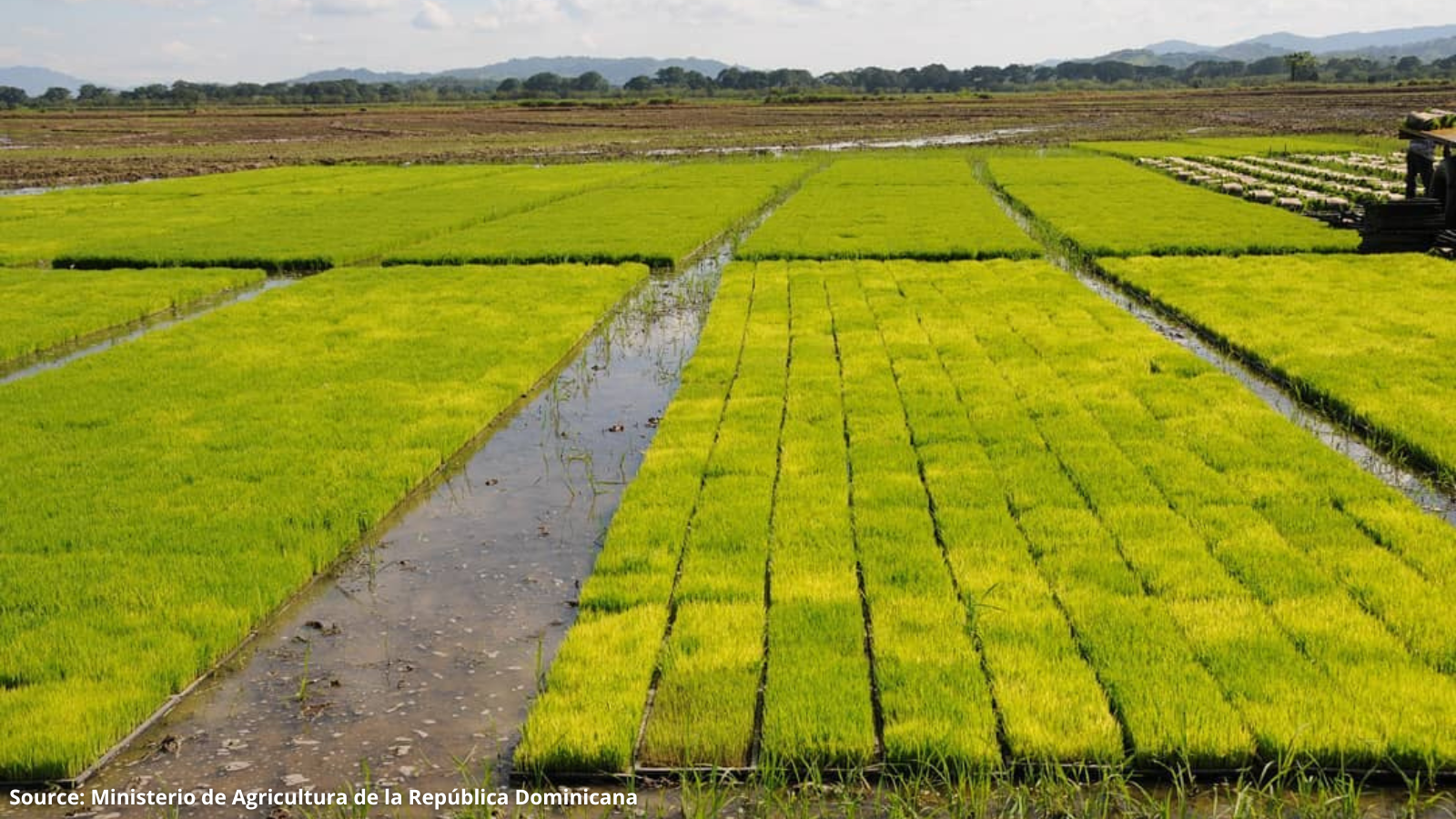
Geopolitical Security
The Dominican Republic is a country with a deeply rooted democracy that dates back to the early 1960s, much older than the post-communist European countries. Since the end of that decade, the country has not experienced any violent political coups; instead, it has been characterized by successive peaceful stabilization and continuous development. It is also worth noting that in 2023, the Dominican Republic advanced five places in the Global Peace Index, quickly approaching the group of countries with a high peace index, where most European countries are located.
Thanks to its political-social stability and strong economy, the Dominican Republic is an important partner of the United States in the Caribbean. The countries share extensive cultural, economic, and political ties and cooperate on a large scale. In 2021, approximately 2.4 million Dominicans lived in the U.S. and more than 250,000 Americans resided in the Dominican Republic. The U.S. as a country is also the largest individual investor in the Dominican Republic. The proximity and very good relations with the U.S., whose position according to many geopolitical forecasts (e.g. according to Peter Zeihan) will only increase, is one of the most important factors of the geopolitical security of the Dominican Republic.
The Dominican Republic is also privileged in terms of its strategic geographic location for trade and having only one neighboring country (to which we will devote a separate paragraph). In addition, it is not involved in any international conflicts, enjoys friendly relations in the region and has the status of being a leader in the Caribbean in terms of economy, tourism and modern infrastructure.
Relations with Haiti
The history of relations between the Dominican Republic and neighboring Haiti is… complicated. If you are curious about what led to the differences between the neighbors, we invite you to read our article: The Divergent Paths of Haiti and the Dominican Republic. In this text, we will focus only on the current situation. Today, Haiti is in deep crisis and a brutal wave of crime is sweeping the country. Gangs control the capital and key state resources, preventing the Haitian government from governing effectively.
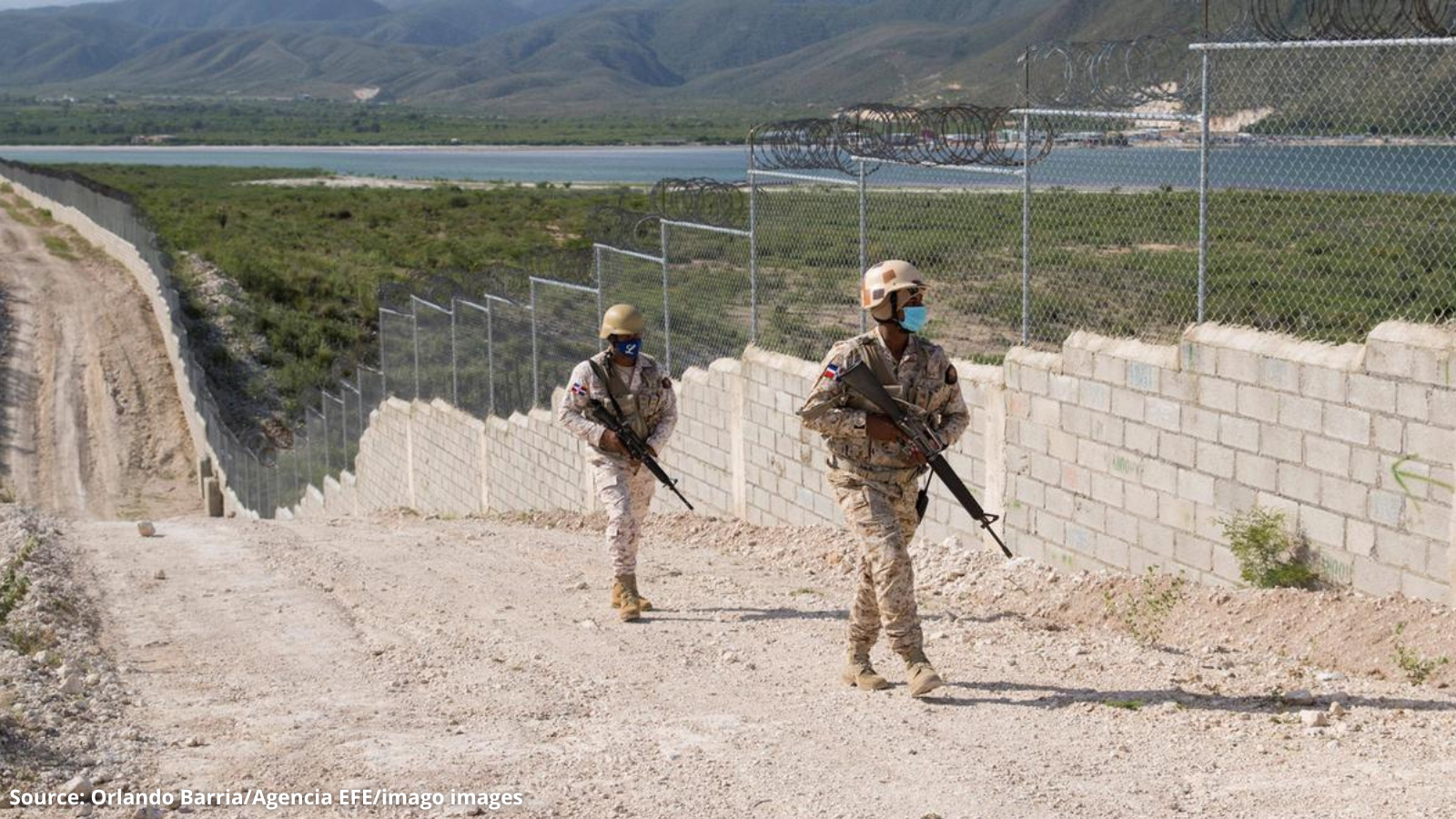
Despite the tense situation on the border, cooperation on trade and labor flows is extremely important for both states. The Dominican Republic, with a population of 11 million, is home to more than 0.5 million Haitians and an even larger number of seasonal workers. The Dominican government skillfully navigates between maintaining favorable economic relations and preventing the infiltration of criminal activities.
We hope that the collected facts and a deeper look into the data regarding safety in the Dominican Republic will allow you to better understand this beautiful Caribbean country. Our goal was to neutralize certain myths, prejudices and fears that often prevent visits or investments in the Dominican Republic, although they have little basis in reality.